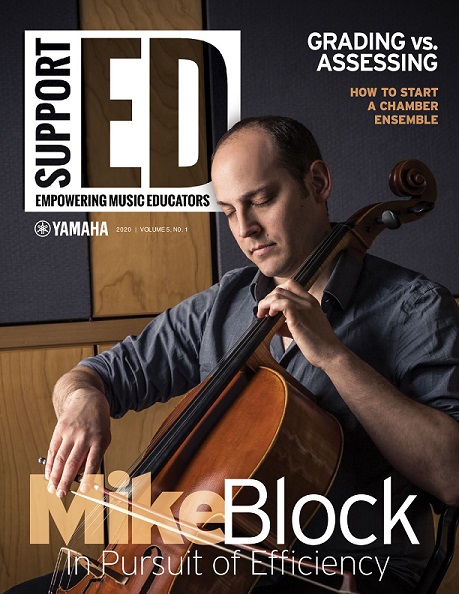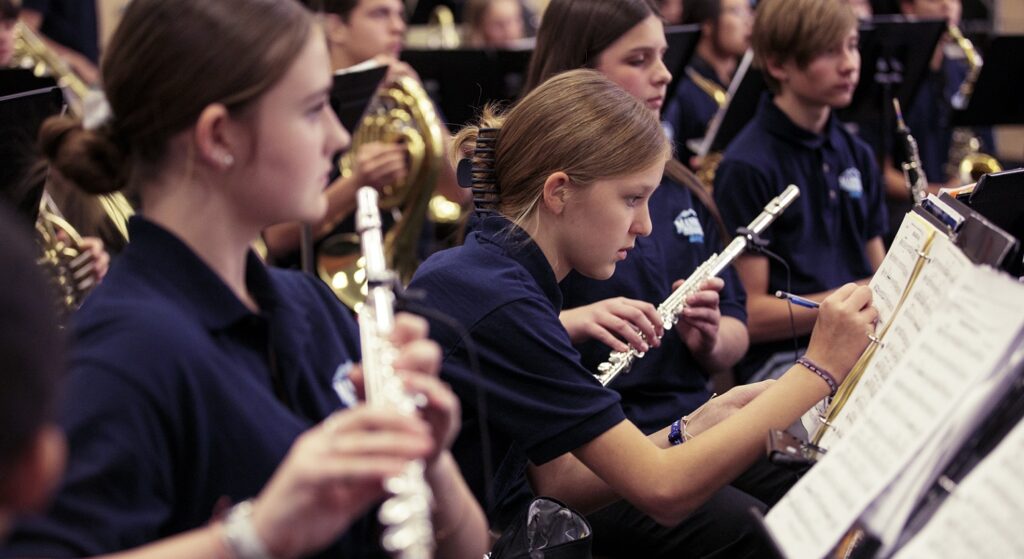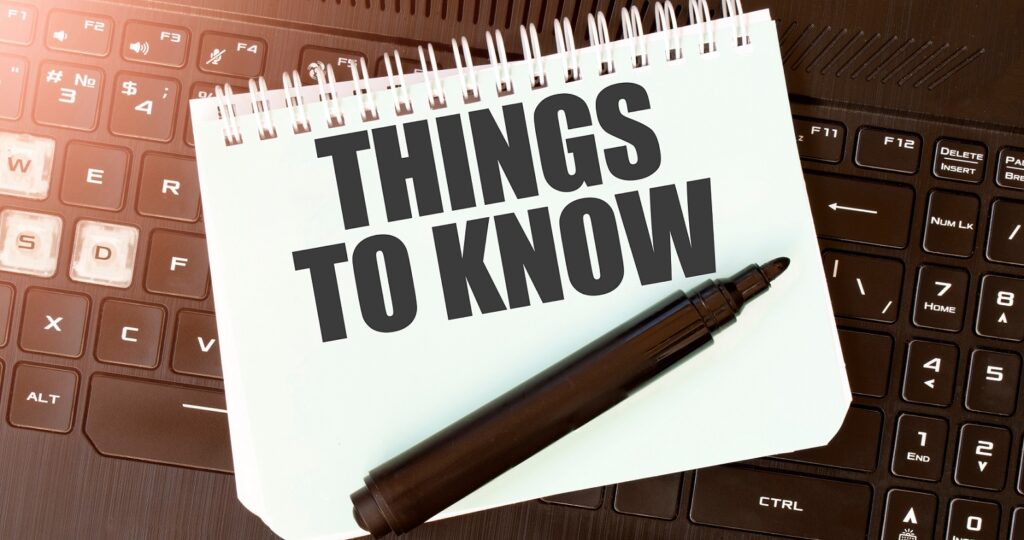Assessments: Focus on Goals, not Grades
Focusing on course objectives and learning goals rather than grades will help students and teachers grow.
Music educators are no strangers to evaluation. Often, these evaluations happen when a culminating activity — like a festival, concert or recital — presents a finished product for consideration.
While feedback (“how did I do?”) is certainly valuable at those points, assessments (“am I progressing toward the goal?”) throughout the learning process have significant benefits. The essential question is: are we using assessments to report learning or to inform learning?
Go with the Flow
Learning goals are the context for any assessment. Starting with general and moving to specific statements, you can create a natural flow from course objectives to learning goals to assessments, as seen in the example below.
- course objective: students will demonstrate skill fluency on their instruments.
- learning goal: students will perform major scales fluently on their instruments.
- assessment target: students will perform 12 major scales for one octave each in eighth notes at 100 beats per minute.
The broad nature of the course objective and learning goal make them transferable to other units of study. The specificity of the assessment target allows students to focus their attention while relating to the broader goals. Throughout instruction, we keep students focused by continually referring back to these stated goals and targets.
Ready for the next level? Engage your students in developing specific targets within the broader learning goals. Get some base level data, then use guiding questions to help students “connect the dots” between their current level and the ultimate goal.
Less is More
“assessing” is often synonymous with “grading” though this correlation may have unintended consequences. Studies show that when feedback includes grades (percentages or letters, for instance), students focus on the grade and not on the feedback.
We can assess students and offer specific feedback without attaching a grade to the activity. With rubrics, try to remove any points or letter grade attributes. Include only the descriptions for each level of performance. In other words, try grading less while continuing to offer students feedback through your assessments.
Formative vs. Summative
If you can buy into the idea of grading less, the next step is to define when grading is truly needed. The “when” for the assessment will help determine its purpose, whether formative or summative.
Formative assessments give actionable feedback to students and shape instruction for the teacher while summative assessments report student achievement, usually on a grade or progress report.
Formative assessments give students the opportunity to demonstrate progress toward learning goals without impacting their overall grades. We can gather useful data measuring the progress of our classes toward mastery and offer suggestions to students for improving their performances.
Actionable Feedback
Once we have scheduled formative assessments for each student, we also want to provide meaningful feedback through a rubric. The rubric is the start but not the end. A holistic rubric will have detailed descriptions for each level of performance across several components.
Though the rubric will let students know how they performed, it doesn’t guide them as they move forward in their learning. Consider adding a section to your rubrics to answer the “how” for students. Did they miss some rhythms? Did they fall short in tone quality?
Also share practice strategies or exercises they can use. You may even choose to develop a list of frequently used comments that can still be tailored, if needed, to an individual student’s situation.
Do-Overs are Cool
If formative assessments are ungraded, students won’t need to be reassessed. They will have continued opportunities to show their growth.
But what if the summative doesn’t turn out as successful as either of you hoped? Offering the opportunity for students to redo a summative assessment can help alleviate test anxiety as well as serve your ultimate goal — for students to meet learning targets.
You can set up reasonable policies to prevent students from abusing these redo opportunities. For example, you could limit reassessments to those students who have submitted all of their formatives prior to the summative or set a specific deadline for reassessments.
Assessments are more than just grade generators. They can be powerful tools to shape our instruction and drive improvement in our students’ performances!
 This article originally appeared in the 2020N1 issue of Yamaha SupportED. To see more back issues, find out about Yamaha resources for music educators, or sign up to be notified when the next issue is available, click here.
This article originally appeared in the 2020N1 issue of Yamaha SupportED. To see more back issues, find out about Yamaha resources for music educators, or sign up to be notified when the next issue is available, click here.















